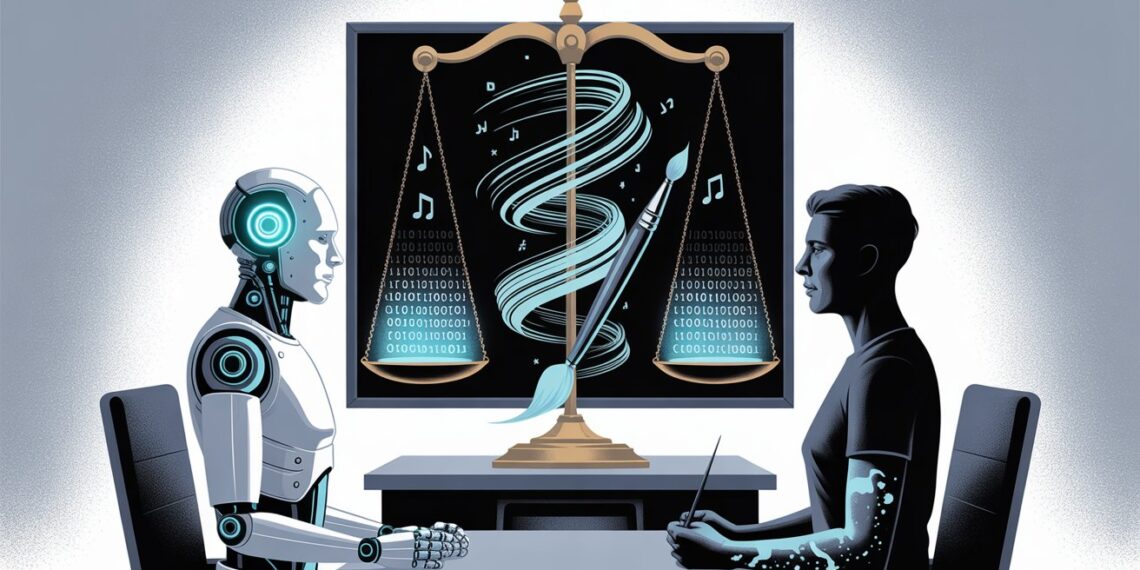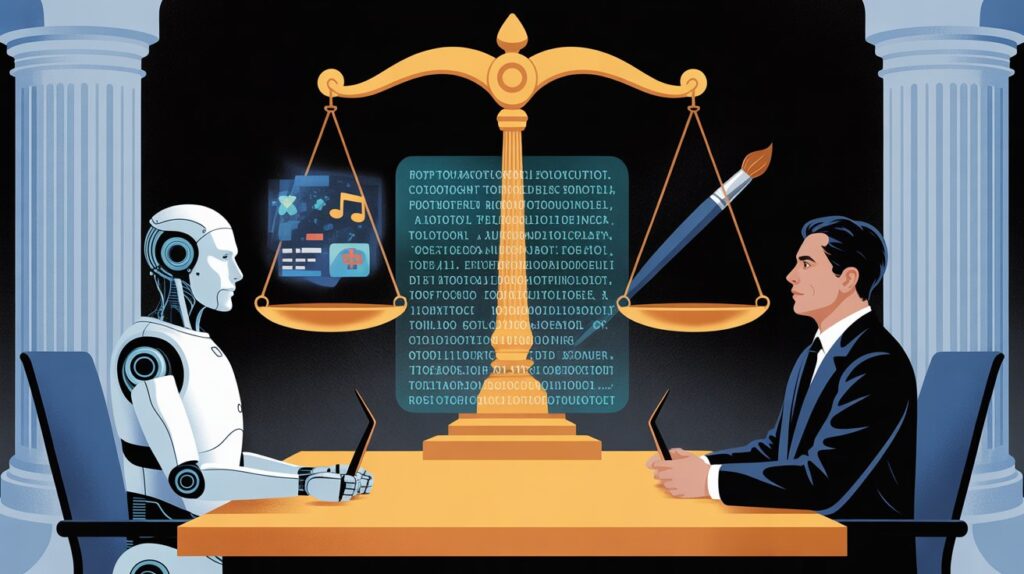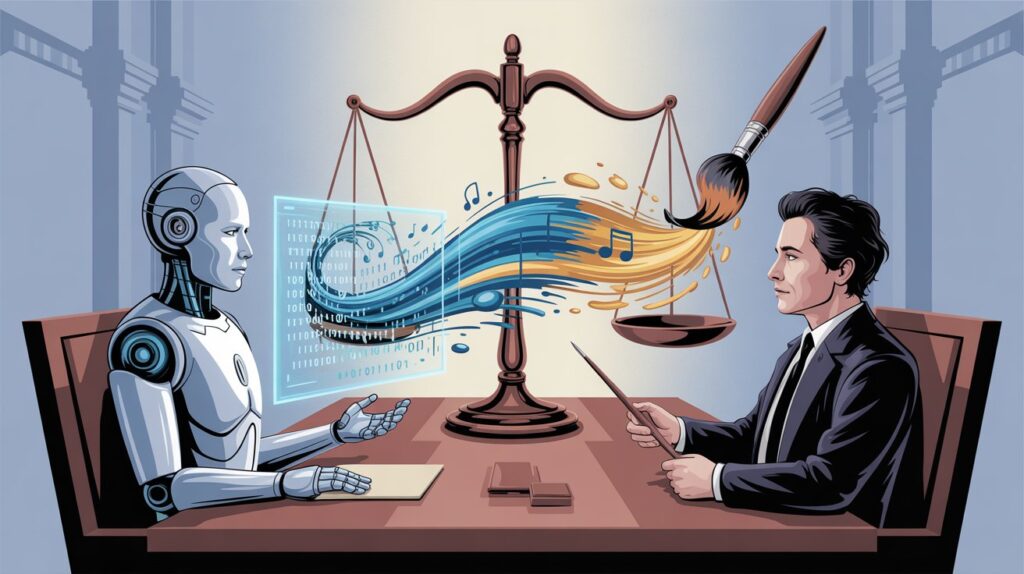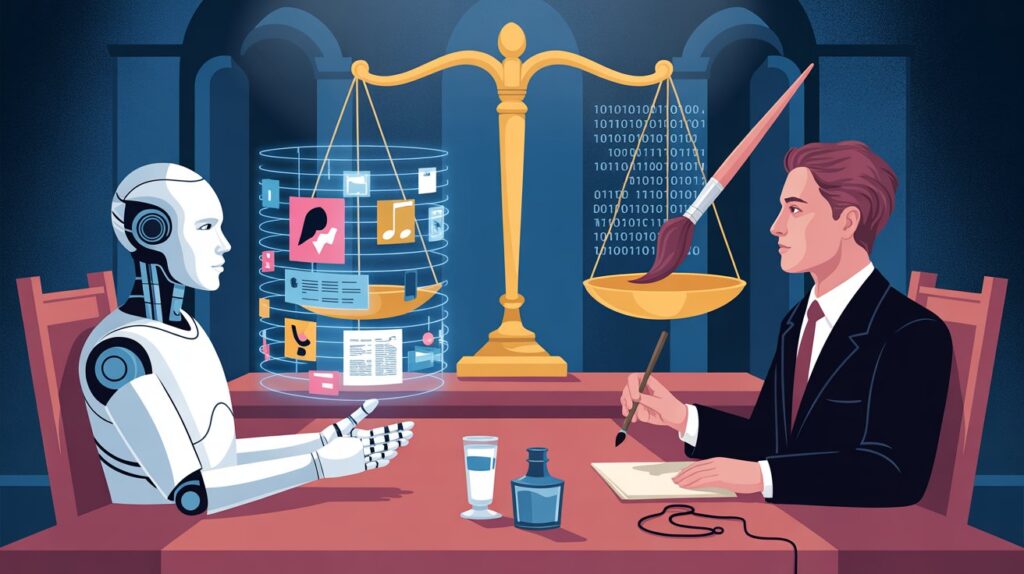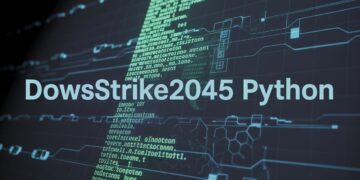Artificial intelligence (AI) is no longer a futuristic concept—it is a present reality shaping industries worldwide. Writers, marketers, designers, musicians, and even software developers are increasingly turning to AI tools to create content at scale. From AI-written blog posts to AI-designed logos and AI-generated music, the creative possibilities seem endless.
But with this explosion of AI content comes a pressing legal and ethical question: AI-Generated Content: Who Owns the Rights?
Ownership of AI-generated works is a complex and unsettled issue that spans copyright law, intellectual property (IP), contractual agreements, and ethical considerations. Governments, courts, and industry leaders are still grappling with where the lines should be drawn. This uncertainty leaves creators, businesses, and innovators unsure of their rights.
In this article, we will explore the legal landscape around AI-generated content ownership, examine how different jurisdictions handle it, review the role of AI platforms’ terms of service, and provide practical guidance for creators and businesses.
Understanding AI-Generated Content
What Counts as AI-Generated Content?
AI-generated content refers to creative works—text, images, videos, music, or code—produced with the assistance of artificial intelligence systems. Examples include:
-
An AI tool like ChatGPT writing an article.
-
An AI art generator creating digital artwork from a text prompt.
-
AI composing background music.
-
AI tools drafting code or legal documents.
AI outputs can range from fully automated creations (no human involvement beyond prompting) to collaborative outputs where a human heavily edits, curates, or guides the AI.
Why Ownership Matters
Ownership determines:
-
Commercial rights – Who can sell, license, or monetize the content.
-
Legal enforcement – Who can sue if the content is stolen or misused.
-
Reputation and credit – Who is recognized as the creator.
Without clear rules, businesses risk disputes, and creators may lose out on valuable rights.
The Legal Foundations of Copyright and Authorship
Human Authorship Principle
Most copyright laws globally are built on the principle of human authorship. Copyright is designed to protect the intellectual labor and creativity of human beings. Courts and copyright offices consistently stress that originality must come from human expression.
-
In the U.S., the Copyright Office has repeatedly denied registration for works generated entirely by AI without human creative contribution.
-
In the UK, the Copyright, Designs and Patents Act 1988 (CDPA) does allow for “computer-generated works,” assigning authorship to the person who made the “arrangements necessary” for the creation. However, interpretation of this remains contested.
Originality Requirement
Copyright is only granted to works that show originality. In many jurisdictions, this means the work must reflect human creativity, skill, and judgment. Purely machine-created outputs typically fail this test.
AI-Generated Content and Global Copyright Laws
United States
-
Position: U.S. copyright law requires human authorship. Purely AI-generated works are not protected.
-
Case Examples:
-
Thaler v. Perlmutter (2023): A court ruled that AI-generated art without human involvement could not be copyrighted.
-
The Copyright Office allows registration if a human makes “creative contributions” to the AI output.
-
United Kingdom
-
Position: Under Section 9(3) of the CDPA, the author of a computer-generated work is “the person by whom the arrangements necessary for the creation of the work are undertaken.”
-
Implication: This could grant rights to the user who guided the AI, though courts have not fully clarified.
European Union
-
Position: EU law emphasizes originality tied to human creative choices. The European Parliament has debated AI copyright, but no harmonized law yet exists.
-
Trend: Leaning toward protecting only human contributions, not purely machine output.
India
-
Indian copyright law currently does not recognize AI as an author. However, there have been applications seeking recognition of AI-generated works.
-
The law remains unsettled, but courts are expected to favor human authorship.
Pakistan
-
Pakistan’s Copyright Ordinance 1962 does not explicitly address AI-generated works.
-
Following international norms, it is likely that human involvement will remain a requirement.
-
This uncertainty means creators must rely on contracts and terms of service for protection.
Other Jurisdictions
-
Australia, Canada, and Japan largely follow the human authorship requirement.
-
China has seen some recognition of AI-generated works when human involvement is significant, but the law is evolving quickly.
Role of Terms of Service (TOS) of AI Platforms
Many users overlook the fine print when using AI tools. Yet, the platform’s terms of service often determine ownership rights.
Examples:
-
OpenAI (ChatGPT): Grants users ownership of outputs, subject to compliance with terms.
-
MidJourney: Users have broad rights but must respect licensing tiers. Commercial users may need a paid plan.
-
Stable Diffusion (open-source models): Outputs are generally free to use, but training data may raise copyright risks.
Key takeaway: Even if copyright law is unclear, contracts (TOS agreements) can assign rights.
Business and Creative Risks
-
No Copyright Protection
If a work is purely AI-generated, it may not qualify for copyright. Competitors could freely use or replicate it. -
Training Data Issues
AI models are trained on existing works. Outputs may inadvertently resemble copyrighted material, raising infringement risks. -
Enforceability Problems
Even if you claim ownership, proving authorship of AI-generated works in court can be difficult. -
Ethical and Moral Rights
Human creators may object if their works were used to train AI without consent.
Practical Guidance for Creators and Businesses
1. Ensure Human Contribution
Add your own creativity—editing, curating, combining outputs, or making significant decisions—to strengthen your ownership claim.
2. Keep Documentation
Save prompts, drafts, and editing steps. This creates evidence of your contribution.
3. Read Platform TOS Carefully
Before using AI for commercial projects, check whether the platform assigns you rights.
4. Use Contracts for Clarity
If working with clients, specify ownership of AI-assisted works in writing.
5. Monitor Legal Developments
The law is evolving rapidly. Stay updated with copyright office guidance and court rulings.
Future Outlook
AI-generated content raises fundamental questions: Can machines be authors? Should copyright law evolve to protect machine-created works? Or should protection remain strictly human-centered?
Governments worldwide are debating reforms. The future may involve:
-
New laws recognizing AI-assisted works.
-
Shared authorship models between human and AI tool providers.
-
Alternative protection systems like sui generis rights.
Until clarity emerges, businesses and creators must navigate carefully, combining legal awareness with strategic practices.
FAQs
1. Can I copyright content generated entirely by AI?
In most jurisdictions, no. Pure AI output without human creativity is not protected.
2. If I edit AI-generated work, do I own the copyright?
Yes, if your edits show originality and creativity. The human contribution is key.
3. Do AI companies own the outputs I create using their tools?
Usually not, but it depends on the platform’s terms of service. Always check.
4. What about AI training data—does it affect ownership?
Yes. If AI outputs closely resemble copyrighted training data, disputes can arise.
5. How can businesses protect themselves?
Use contracts, choose platforms with favorable terms, and keep records of human input.
Conclusion
The question of AI-Generated Content: Who Owns the Rights? remains unsettled and varies by jurisdiction. While most copyright systems currently deny protection to purely machine-made works, they do recognize human contributions in AI-assisted creations.
Until clearer laws are enacted, ownership will depend heavily on:
-
Human involvement in the creative process,
-
Documentation of that involvement, and
-
The terms of service of AI platforms.
For creators and businesses, the best strategy is to combine human originality with AI assistance, secure rights through contracts, and stay vigilant as the law continues to evolve.

